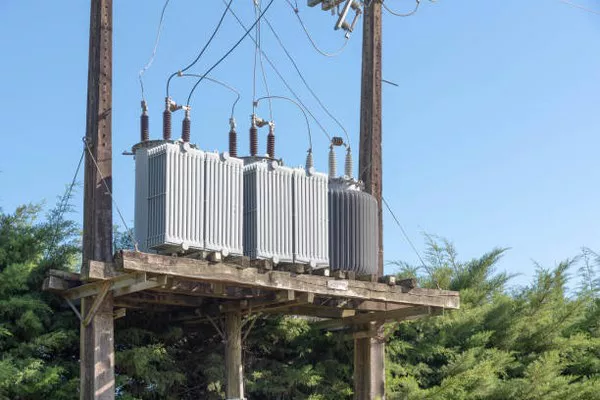In the realm of electrical engineering and power distribution, transformers play a pivotal role in stepping up or stepping down voltage levels. One essential type of transformer is the center-tapped transformer, which offers unique advantages in certain applications. This article delves into the fundamentals of a center-tapped transformer, its construction, working principle, and its applications in various electrical systems.
Basics of Transformers
Before diving into the specifics of a center-tapped transformer, let’s establish a foundation by understanding transformers in general. A transformer is an electromagnetic device that transfers electrical energy between two or more coils via electromagnetic induction. These coils are known as the primary and secondary winding, and they are usually wound around a common magnetic core. Transformers are crucial in power distribution systems for voltage conversion and impedance matching.
Structure of a Center-Tapped Transformer
A center-tapped transformer, also known as a split-phase transformer, is a type of transformer with a unique winding configuration. Its primary distinguishing feature is the addition of a center tap, which is a connection made at the midpoint of the secondary winding. This center tap essentially divides the secondary winding into two equal halves, each with its own set of terminals.
The primary winding of a center-tapped transformer is typically wound on one side of the magnetic core, while the two halves of the secondary winding are wound on the other side, with the center tap at the midpoint. The core material is usually made of laminated steel to minimize energy losses.
Working Principle
The center-tapped transformer operates on the same principle of electromagnetic induction as standard transformers, but the center tap introduces some unique functionalities. When an alternating current (AC) voltage is applied to the primary winding, it generates a varying magnetic field within the core. This magnetic field induces voltage in both halves of the secondary winding, but in opposite directions.
The center tap allows for a couple of interesting possibilities:
Voltage Step-Down: The voltage across the two terminals on one side of the center tap is half of the total secondary voltage, while the voltage across the two terminals on the other side of the center tap is also half of the total secondary voltage. This property makes the center-tapped transformer useful for voltage reduction.
Phase Shift: Due to the opposite polarity of the induced voltages in the two halves of the secondary winding, a 180-degree phase shift occurs between the voltages across the two halves. This feature is crucial for generating split-phase power, which is commonly used in residential electrical systems.
Applications of Center-Tapped Transformers
Center-tapped transformers find applications in various electrical systems, owing to their unique characteristics and advantages:
Residential Power Distribution: In many households, center-tapped transformers are used to supply split-phase power, which consists of two 120V AC voltages with a 180-degree phase difference. This arrangement is essential for running household appliances, lighting, and HVAC systems.
Rectification and Filtering: Center-tapped transformers are often used in power supplies and rectifier circuits. The dual output voltages can be rectified and filtered to provide a stable and smooth DC output.
Audio Amplification: In audio equipment, center-tapped transformers are utilized for creating phase-splitting circuits. This is especially useful in high-fidelity audio systems to eliminate distortion and improve sound quality.
Voltage Regulation: Center-tapped transformers can also be used to regulate voltages by tapping the secondary winding at different points. This allows for the selection of a specific output voltage level for various applications.
Grounding and Safety: The center tap is often connected to the ground, providing a reference point for the system. This grounding helps protect against electrical faults and improves safety.
Advantages and Limitations
Center-tapped transformers offer several advantages:
Split-Phase Power: They enable the generation of split-phase power, which is essential for residential electrical systems.
Versatility: Their ability to provide dual outputs makes them versatile for various applications, including power supplies, audio amplification, and voltage regulation.
Improved Grounding: The center tap can be used for grounding, enhancing safety in electrical systems.
Despite their advantages, center-tapped transformers have limitations, including:
Reduced Efficiency: The center tap and the associated wiring can lead to slightly reduced efficiency compared to standard transformers.
Complexity: The presence of a center tap complicates the construction and design of the transformer, making it less suitable for some applications.
Limited Voltage Options: Center-tapped transformers may not be suitable for applications requiring a wide range of voltage options, as they typically provide dual-output voltages.
Conclusion
Center-tapped transformers are an important component in various electrical systems, offering unique benefits such as split-phase power generation, voltage regulation, and improved grounding. Understanding their construction, working principle, and applications is crucial for electrical engineers and technicians working with power distribution systems. While center-tapped transformers may have some limitations, their versatility and utility in specific applications make them an integral part of the electrical engineering landscape. As technology continues to advance, the role of center-tapped transformers may evolve, but their importance in power distribution remains unwavering.

